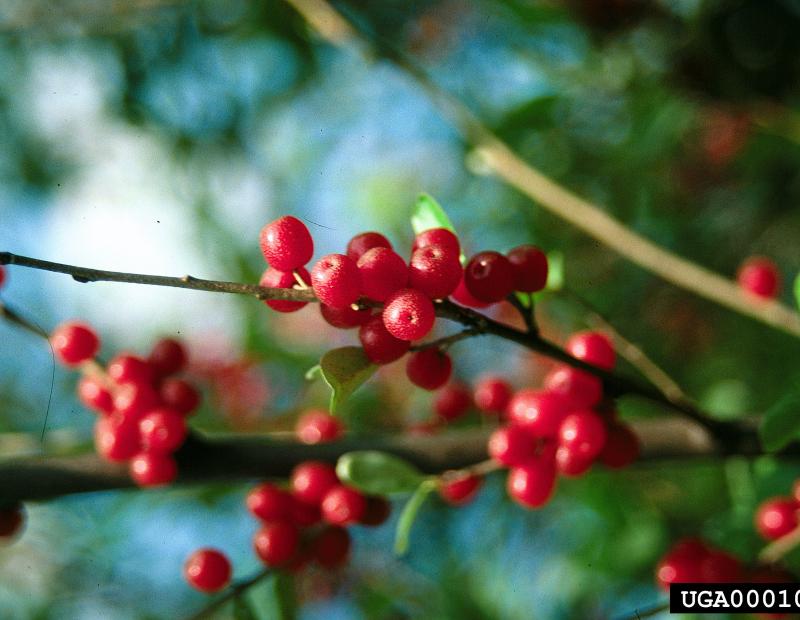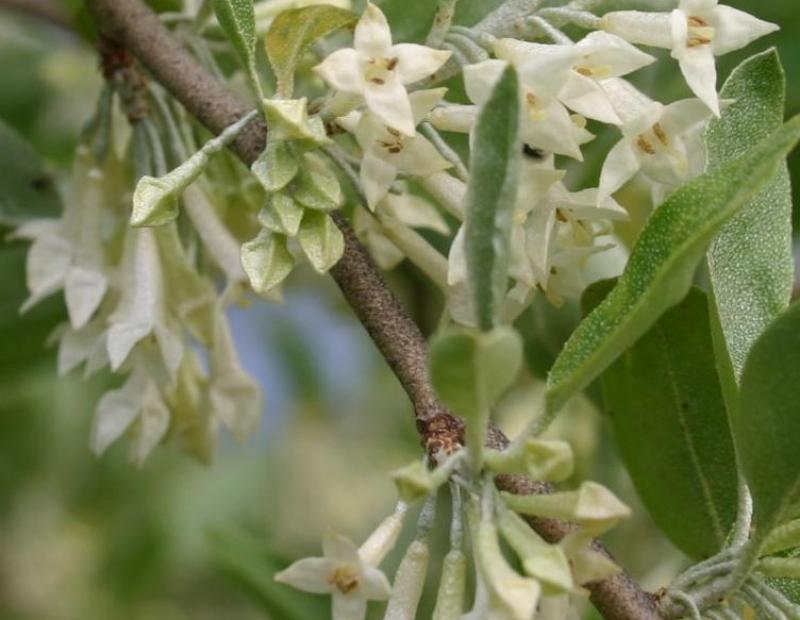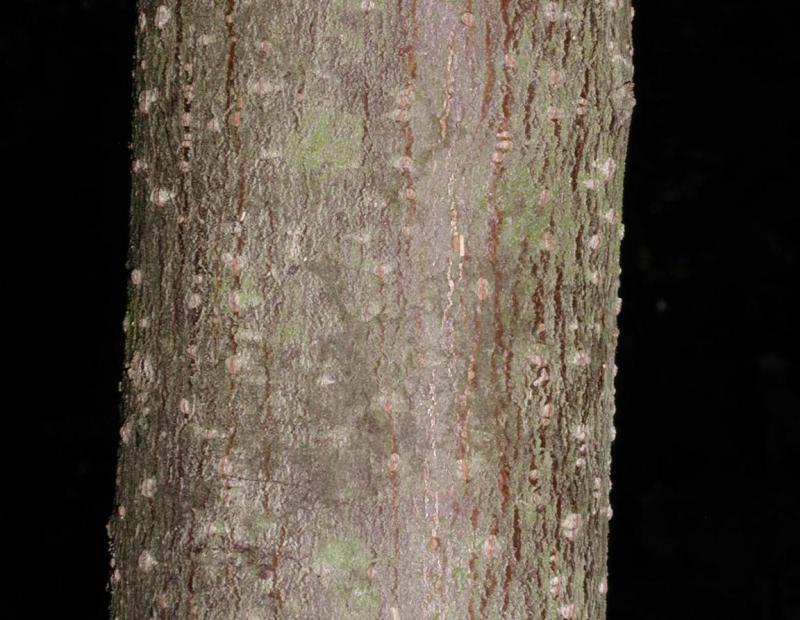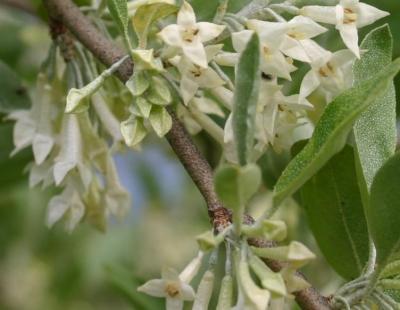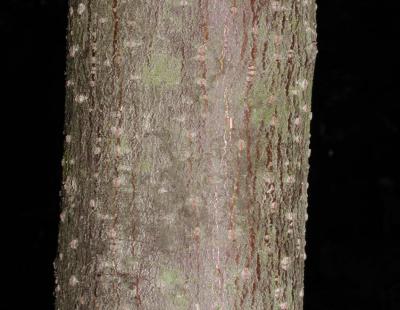Autumn olive out-competes and displaces native plants by creating a dense shade that hinders growth of native vegetation that need sunlight. They can produce up to 200,000 seeds in a year. These shrubs grow over a wide variety of habitats as their nitrogen-fixing roots nodules allow them to grow in harsh environments with unfavorable soils. They also grow quickly and with comparatively little resources, so they can take over in a short period of time. They germinate easily and even attempts at removing autumn olive may cause unwanted spreading.
Autumn olive is a native plant to Japan, China and Korea. It made its way over to the United States in the 1830's. During the early 1900's, it was widely planted and recommended for native wildlife habitat and for erosion control in environmentally disturbed areas. It has ornamental value and was widely used as a garden plant.
This tree can grow up past 20 ft. The flowers vary between cream to pale-yellow that bloom in early spring, followed by an abundance of pink to red berries dotted with scales. Alternate, elliptically shaped leaves have a slightly wavy margin. The leaves vary in size and have a width of 2.7 to 1.2 cm. It is notable from other similar species by silvery scales found on the lower leaf surface. They have thorns around 2.6 cm. long.
Autumn olive can grow well in a wide range of soils, and can withstand drought but not exceptionally wet soils. Mature trees tolerate light shade but produce more fruits in full sun. This shrub invades prairies and fields and also grows in forests. Elaeagnus umbellata is a New York state prohibited plant and cannot be sold, imported, transported, purchased or introduced.


